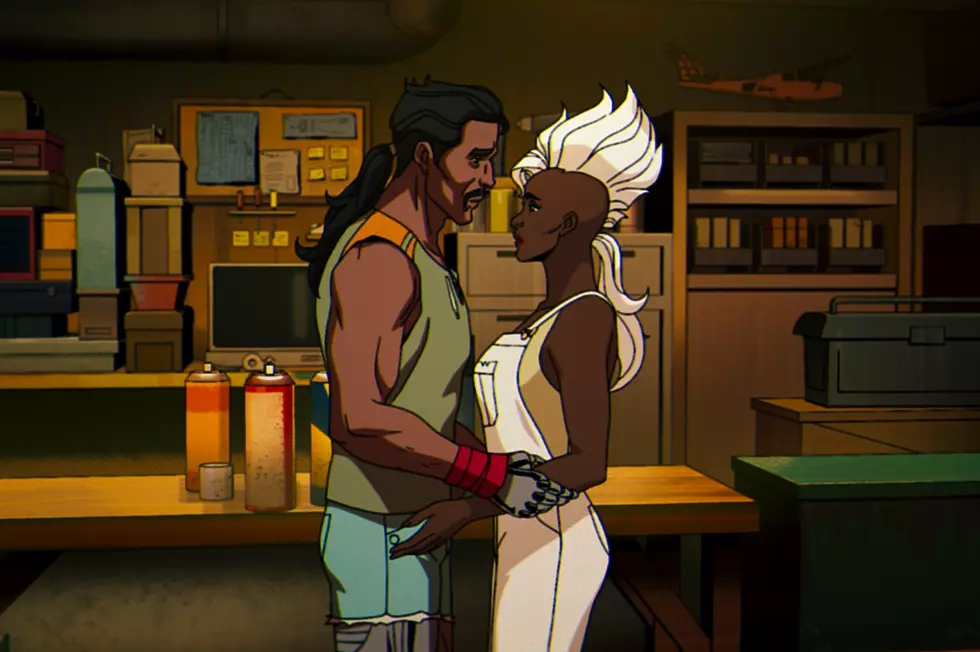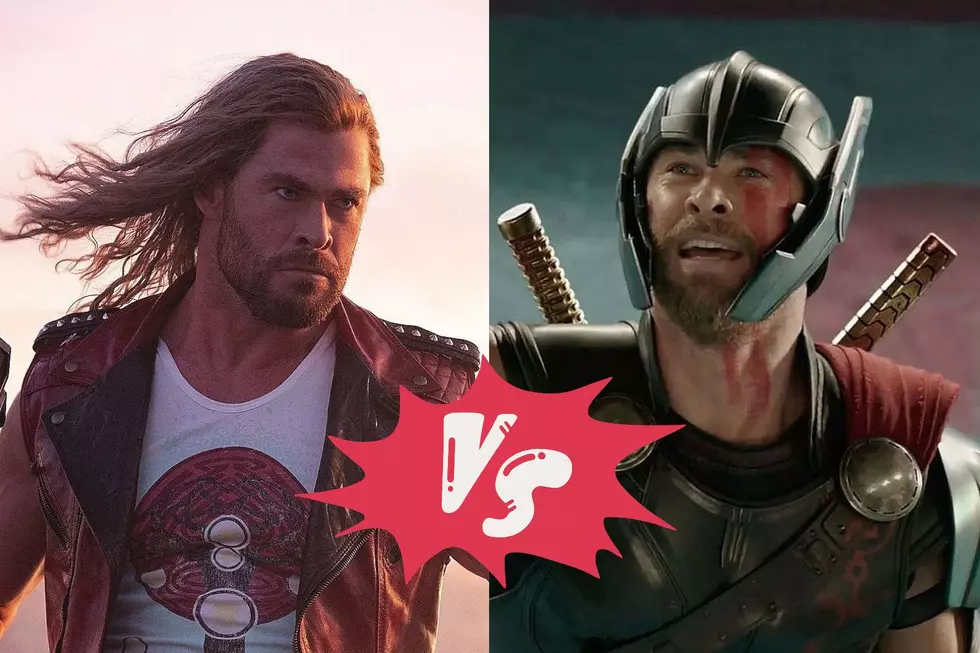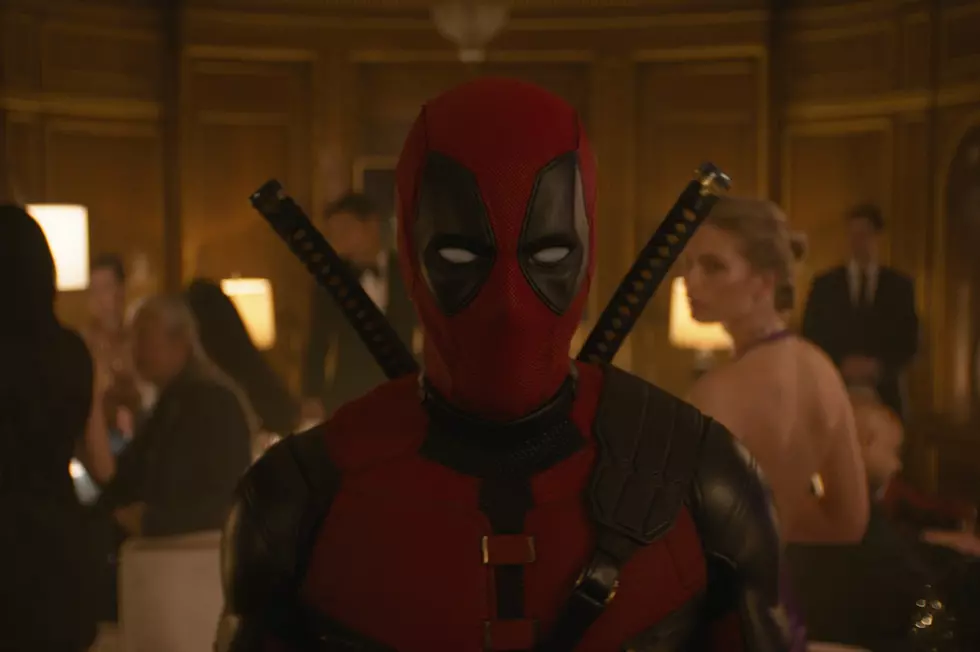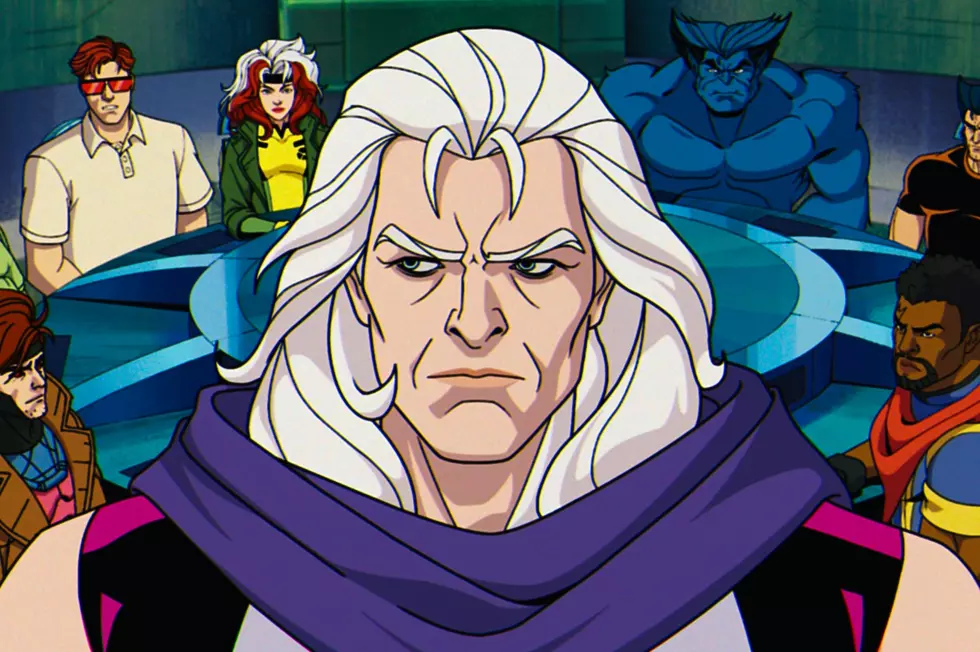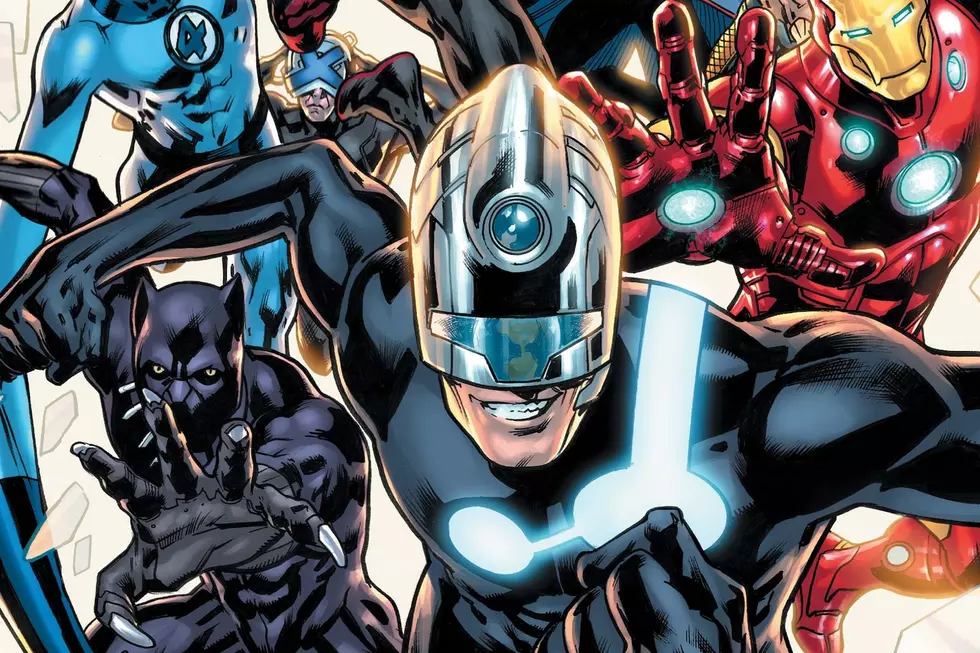
The History of the Marvel Cinematic Universe, Chapter 6: ‘The Avengers’
In The History of the Marvel Cinematic Universe, ScreenCrush editor-in-chief Matt Singer looks back at every film in the MCU to date, leading up to the premiere of Avengers: Infinity War on April 27. Previous chapters can be found here.
Chapter 6: The Avengers
Director: Joss Whedon
Writers: Zak Penn, Joss Whedon
Release Date: May 4, 2012
U.S. box office: $623.3 million
Worldwide box office: $895.4 million
Rotten Tomatoes rating: 92 percent
Metacritic score: 69
Letterboxd average grade: 7.4
CinemaScore: A+
What Holds Up
It is very easy in 2018, some 10 years and 18 movies into the Marvel Cinematic Universe, to take it for granted. The notion of many different franchises interweaving is no longer special; it’s a standard Hollywood business model. Several other studio have tried to start their own cinematic universes, most with disastrous results. (R.I.P. Dark Universe.)
Looking back at The Avengers, I was reminded how mind-blowing this film felt to a comic-book fan in 2012, even after the first five MCU movies. Those previous entries had teased connections between the characters at their margins. The Avengers put you a living, breathing comic-book Mount Rushmore front and center. It’s like the best Iron Man movie and the best Captain America movie, and the best Hulk Movie, and the best Thor movie all rolled into one. It’s almost unfair how much acting talent and charisma is on display in this film. How could any ordinary superhero movie compete? Comparing The Avengers to just about any other comic-book film is just unfair, like playing NBA 2K as the Eastern All-Stars against the Memphis Grizzlies.
The final 30 minutes of the film is one enormous multitiered set-piece. Even though The Avengers is the biggest Marvel film to date, I’m not sure its final battle, in and over the streets of New York City, has gotten the full credit its due. It is one of the great sustained pieces of cinematic action of the 21st century, weaving together the activities of six different Marvel heroes, sometimes within a single take that floats from street level with Captain America to the top of a skyscraper, where Hawkeye snipes aliens with his bow and arrow.
You’re lucky if a movie has two or three iconic moments. The Avengers’ Battle of New York sequence has half a dozen all by itself, including more unforgettable Hulk beats (like his literal punchline to that spectacular long take) than both of the character’s solo movies combined.
What Doesn’t Hold Up
This is a minor quibble, but Captain America’s costume in The Avengers is a mess. It’s particularly striking because it comes directly on the heels of Captain America: The First Avenger, where Cap (Chris Evans) wore one of the coolest costumes in the Marvel Cinematic Universe. Those duds, which married a soldier’s uniform to the character’s classic red-white-and-blue Spandex, were stylish and functional. The costume he dons in The Avengers is neither.
Why does it have unnecessary seams everywhere? What’s the deal with the two silver wings on the shoulders? Why is there a weird wrinkle in the abdomen? Is that supposed to give suggestion of washboard abs? The whole getup looks like the bootleg Halloween costume version of the actual Captain America uniform.
Marvel must have recognized this ensemble wasn’t a home run; Steve Rogers wore a very different costume in his next movie, Captain America: The Winter Soldier, and then a third, much-improved suit in Avengers: Age of Ultron and Captain America: Civil War. That was the right call, but the fact that Steve’s Avengers attire lasted just this one film makes it stick out even more in retrospect.
There’s a famous moment in the Battle of New York where Captain America leaps onto a police car and orders around a bunch of New York City cops and none of them take him seriously until he beats up a bunch of aliens.
Every time I watch this scene, I’m like “Well of course they think this guy is a goofball, look at how he is dressed.” Captain America is supposed to be the inspiring leader who commands respect everywhere he goes. That is difficult to do when everywhere you go you’re wearing what amounts to well-tailored pajamas.
Coolest Foreshadowing of Future Marvel Events
As Bruce Banner (Mark Ruffalo) puts it at one point, the Avengers of The Avengers aren’t a team; they’re “a chemical mixture that makes chaos”; a ticking time bomb. As in the original Stan Lee and Jack Kirby comics, The Avengers are brought together by coincidence and fate while stopping a plot by the evil Asgardian Loki (Tom Hiddleston). Their alliance is one of necessity. At first, it doesn’t go smoothly.
Eventually the Avengers all begin to work together, and the film ends with big smiles all around as the heroes send Loki off to Asgard with Thor (Chris Hemsworth). But when you look back at the first Avengers knowing where these characters will go, you do see ominous signs of the trouble, particularly in the scene on the SHIELD Helicarrier between Captain America and Iron Man.
Steve Rogers and Tony Stark (Robert Downey Jr.) have very little in common, and they don’t particularly like each other. “Big man in a suit of armor. Take that off, what are you?” Steve asks Tony, who smirkingly replies “Genius, billionaire, playboy, philanthropist!” Steve then accuses Tony of only fighting for himself, never making the “sacrifice play,” that we know Steve is more than willing to do thanks to his uncanny impression of Walt Disney’s frozen head at the end of Captain America: The First Avenger.
Some of this bickering is the influence of Loki’s magical scepter, which we’ll soon learn is influencing the minds of the Avengers in order to destabilize the team. But Steve and Tony’s complaints are rooted in their true feelings, and speak to the vast philosophical divide between the two men which will boil over in Captain America: Civil War.
Best Marvel Easter Egg
There’s a persistent subplot throughout The Avengers about a mysterious “Phase 2” that SHIELD is working on. It turns out to be the code name for SHIELD’s plan once they retrieve the Tesseract from Loki. They’re going to use it to make weapons, the same way that Hydra used it the Tesseract to make weapons during World War II, as seen in Captain America: The First Avenger.
Of course, in the Marvel Cinematic Universe the phrase “Phase 2” is freighted with extra meaning. Marvel divides up their films into different phases; The Avengers is the final film in Phase 1 after Iron Man, The Incredible Hulk, Iron Man 2, Thor, and Captain America. MCU Phase 2 kicked off with the next film, Iron Man 3, and continued through 2015’s Ant-Man. Phase 3 wraps up with the upcoming fourth Avengers film. So the fact that the Avengers’ assemblage in this movie coincides with the culmination of SHIELD’s Phase 1, leading directly into Phase 2, is an ingenious meta Marvel Easter egg.
(These Phase 2 shenanigans are another bit of cool foreshadowing as well. Using the Cube to make energy weapons seems like a pretty villainous plan for a heroic organization like SHIELD. When we learn in Captain America: The Winter Soldier that SHIELD had been infiltrated by Hydra for decades, it retroactively makes sense of this scheme. Of course SHIELD wants to make Hydra weapons out of the Tesseract; SHIELD is Hydra!)
Final Verdict
From a plot perspective, The Avengers is a strange movie. Exactly who is doing what and why is actually kind of convoluted. There’s a lot of business with Tesseracts and wormholes and alien invasions, a lot of the movie hinges on the always-questionable twist where the bad guy willingly allows himself to be captured for unspecified purposes within his vague but intricate plan. One of the more remarkable things about The Avengers is that none of that matters. Even if the specifics are tough to track the basics are always completely clear (Loki wants to conquer the Earth, and the Avengers have to stop him). None of the intricacies of the story get in the way of the movie’s many pleasures.
Rewatching The Avengers, it became quite clear to me that Joss Whedon was one of the only people on the planet with the unique combination of skills necessary to pull this monumentally difficult movie off. Whedon had already dipped his toe in large-scale movie directing (Serenity). He’d written Marvel Comics (his run on Astonishing X-Men is considered one of the best in the book’s history) and knew the characters inside and out. And his work running shows like Buffy the Vampire Slayer gave him valuable experience juggling a large ensemble’s storylines and arcs. The Avengers combined all of those challenges in one film in a way that was basically unprecedented in cinematic history. Whedon made an impossible success look easy.
Not all of The Avengers works. There are a surprising number of continuity threads that don’t quite connect. (Loki seems more overtly evil than in later films; Selvig was brainwashed in the post-credits scene of Thor but here he seems fine until Loki shows up and brainwashes him a second time; Black Widow is obsessed with saving Hawkeye in a way that suggests a deeply personal relationship that doesn’t square with the revelation from Age of Ultron that Hawkeye is married with kids.) But so much does work, with just the right balance of spectacle and emotion.
Any Marvel fan will tell you, the big company-wide crossovers are good, but most of the best comics are the ones where the heroes hang out; where Spider-Man tries to pick up the pieces of his tattered private life or the X-Men play softball on the field behind the Xavier School. Whedon had a better grasp on that dynamic than just about another other MCU filmmaker before or since. The whole movie flows between big and small scenes with ease and grace. The Avengers is the size of one of those giant flying Chitauri slugs, and it moves with the speed and finesse of Iron Man weaving through Manhattan skyscrapers.
But creating a massive success is one thing. Maintaining it is another. With its Phase One complete, Marvel looked to the future by returning to its past, with a third (and, to date, final) Iron Man movie. This posed a new challenge for Marvel. Once you’ve given fans all their favorite heroes in one movie, how do you go back to giving them just one hero in a movie? We’ll find out later this week.
Gallery - The Best Marvel Cinematic Universe Posters, Ranked:
More From ScreenCrush
